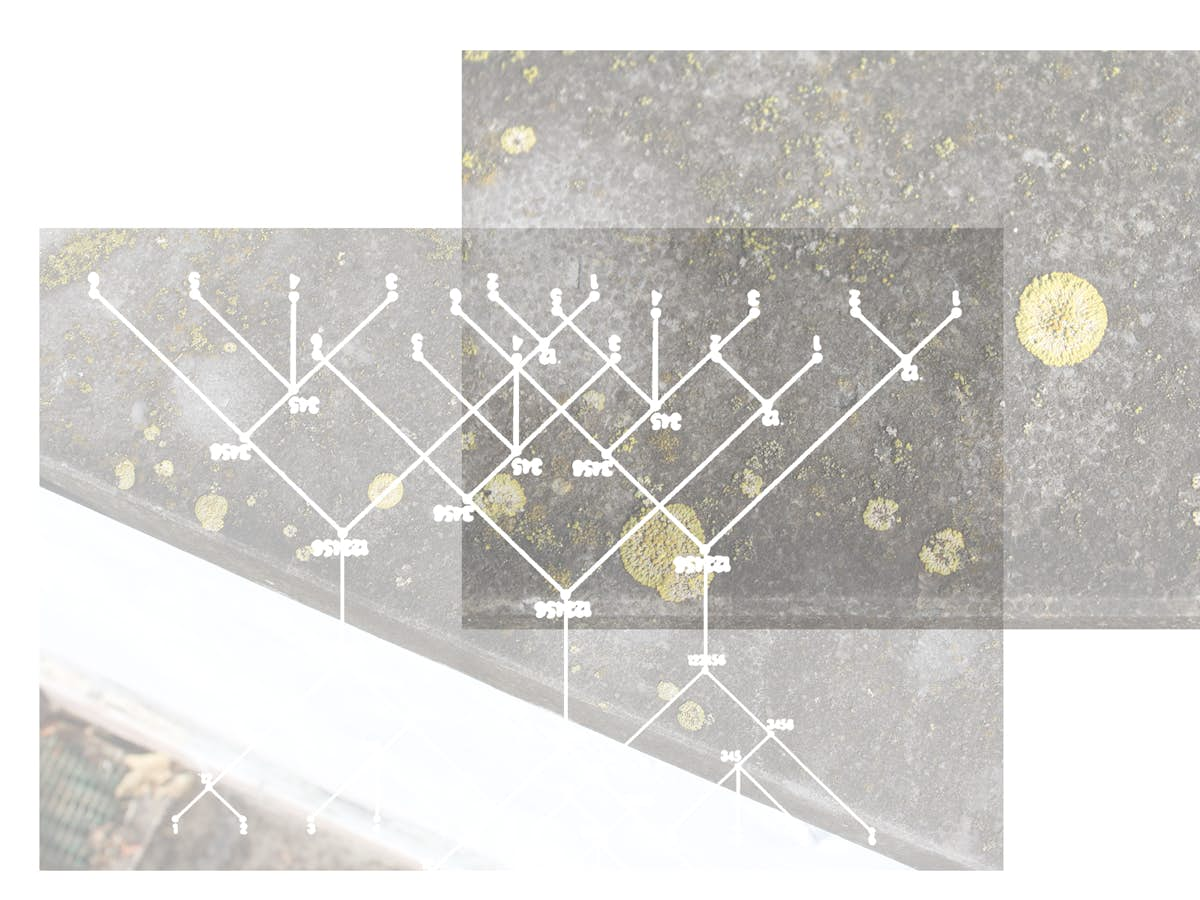A befriended tree specialist recently asked me a question in our e-mail conversation: if a forest is a structure, and a city too, why is the first one home to a great biodiversity in living species, and the latter far less so?
On one of those sunny afternoons during the lockdown, an article in The Guardian caught my attention. Its author, Emma Beddington, described a remarkable phenomenon: viewing figures of online nestcams - cameras installed in nests of wild birds - had exploded since the start of the quarantine. Out of all the possible explanations, the one I enjoy the most is that people - when in need to reconnect with the outside world - consciously chose to become witnesses of a part of a bird's yearly cycle rather than trying to recreate a night-out situation with their thirsty friends. Out of all the possible explanations as to why they would choose so I like to imagine that now, when humans are being reminded of their vulnerability, they find relief in situations that reassure them that they are a part of a larger whole, a particle in a system that carries them and has no agenda but an intrinsic and impartial task to remain in balance. Could our crave for bird watching be triggered by our instincts for survival during a pandemic crisis?
Being aware of and respecting the interrelations of all living species and their environments has been resonating trough the discourses of ecology and sustainability. Meanwhile in biology, scientists have been examining links between the lifestyle of humans and their respective health conditions and collected enough evidence to prove that recurrent and frequent contact with a diversity of other living organisms (animals, plants, bacteria or fungi) effectively strengthens the immunity system of humans and positively affects their resistance to allergies. Keeping in physical touch with our natural environment is proving to be vital, and hanging out with birds instead of our human mates might suddenly sound like a viable idea. When the facilitation of a contact between human and non-human becomes the new standard of ecology and healthcare, architecture will face an exciting challenge to rethink and recalibrate the balance between the two most basic functions of a shelter - to shield and to leave exposed.
In A City is Not a Tree from 1965, Christopher Alexander pointed out that if a city was drawn as a graph, it wouldn't be a tree. In mathematical terms it means that unlike a tree-like graph where any two vertices are connected by exactly one path, a graph representation of a city would be more complex, messier, with lines crossing, circles closing, with some vertices having many connections and other ones far less. Incoming impulses reverberate from the source all the way to the furthest ends, the leaves of the graph. The more connections, the better informed, and stronger. Yet the tendencies we follow when shaping our built environment are often quite opposite - we feel safe when confined, when surrounded by what is familiar to us, in control. To what extent are we as architects engaged in building structures that protect and accommodate their inhabitants, and to what extent are we detaching them from their natural habitat that is fundamental for their well-being? Can we make low-carbon buildings without creating sealed universes of artificial climate? Can we make buildings that afford to other than human organisms without impairing the comfort of our human clients? Can we make architecture that makes its users stronger? Can we make cities that are not a tree but could be a bit like a forest, a tight cluster of several trees that protects but breathes, secludes but doesn't isolate, that lives, that grows, that strives?
Openness might, after all, be the best prevention against isolation.
Kristýna De Schryver
06/2020
